Your cart is currently empty!
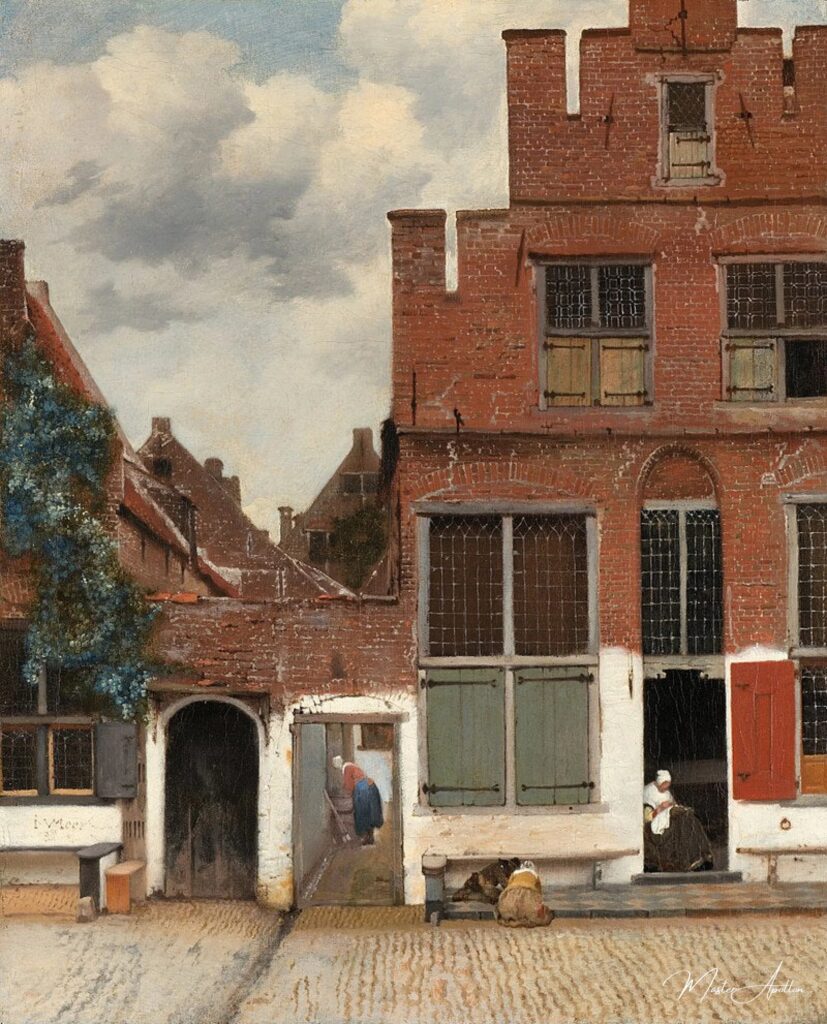
The Alleyway – Johannes Vermeer
“The Alleyway” by Johannes Vermeer is a masterpiece that transports you to a bygone era, where the play of light and shadow creates a mesmerizing atmosphere. This oil painting reproduction captures every nuance and brushstroke of Vermeer’s original, ensuring that you can experience the same awe-inspiring beauty in your own home.
Crafted with the utmost care and precision, this reproduction is …
The Alleyway – Johannes Vermeer: A Glimpse into Everyday Life and Quiet Observation
Johannes Vermeer, the master of capturing intimate moments of everyday life, brought forth a striking vision of a peaceful urban landscape with his painting The Alleyway (circa 1657). Though one of Vermeer’s less famous works, it offers a window into the artist’s skillful use of light, perspective, and quiet narrative, evoking a sense of tranquility and a meditative gaze at an ordinary scene. Like many of his works, The Alleyway invites viewers to step into a moment suspended in time, taking in the simplicity and beauty of a moment in the life of the city.

A Quiet Urban Scene: Tranquility in the Everyday
The Alleyway presents a simple yet powerful composition: a narrow, cobbled street, seemingly tucked away from the bustling life of the city. The alley is quiet and unassuming, with only a few elements — a figure walking, a small doorway, and the distant light — but this restraint only adds to the painting’s charm. Vermeer’s depiction of such an everyday scene — a backstreet often overlooked by passersby — creates a feeling of calm isolation. There’s no urgency, no drama, just the quiet flow of daily life.
In the background, one can see the interplay of light and shadow, which Vermeer uses so masterfully throughout his works. The soft sunlight spilling onto the cobblestones of the alley creates an inviting atmosphere, leading the eye down the passageway to the light-filled opening at the end. This subtle play of light is a hallmark of Vermeer’s genius, as he uses it not only as a tool for realism but also to invoke a sense of mood and contemplation. The light makes the viewer feel as if they are walking down that same path, observing the scene firsthand.

Perspective and Composition: A Subtle Mastery of Space
Vermeer’s use of perspective in The Alleyway is an essential element that adds to the sense of depth and realism. The alley, though simple in its design, appears to recede into space as the lines of the cobblestones and the walls converge toward the background. This depth brings an architectural beauty to the scene, transforming the alley from a simple passageway to a visually striking space. The viewer’s eye is naturally led through the scene by the converging lines, inviting exploration of the painting from foreground to background.
The placement of the figure walking through the alleyway is equally significant. Positioned off-center, it adds a sense of natural asymmetry and movement to the composition, which contrasts with the static stillness of the surrounding architecture. The figure, though not detailed, is an essential part of the painting. It adds life to the scene and suggests the presence of a human story, albeit one that is left to the viewer’s imagination. The lone figure, walking leisurely down the street, evokes the feeling of a quiet moment in the city, one that could be part of any day.
The Role of Light in Creating Mood
As with much of Vermeer’s work, light plays a crucial role in The Alleyway. The gentle play of sunlight across the alley, casting shadows on the walls and cobblestones, creates a warm, inviting atmosphere. The effect of light is not just about illuminating the scene; it’s about imbuing the scene with emotion. The sunlight streaming down the alleyway suggests a serene, peaceful moment — the kind of quiet scene that invites contemplation.
The lighting also directs attention to the horizon of the painting, where the light appears to be brightest. This contrast between light and shadow adds a dynamic element to the piece, drawing the eye toward the end of the alley, suggesting an unknown, open space beyond. The effect is subtle, yet it evokes a feeling of space and possibility.
The Significance of the Scene: A Reflection of 17th Century Dutch Life
While The Alleyway may seem like a simple cityscape at first glance, it holds a deeper significance as a representation of 17th-century Dutch life. The alleyway, a narrow, almost hidden space, was a typical feature of the urban landscape in Dutch cities during this time. Vermeer’s choice to depict such an everyday scene aligns with his focus on the ordinary moments of life — the quiet corners of the world that are often overlooked in favor of more dramatic subjects.
The painting also reflects the Dutch fascination with interiority and personal space. The figure in the alley, walking toward the light-filled opening, may be interpreted as a reflection of the human experience, moving from the confinement of the alley to the open expanse of the world beyond. It’s an image of transition — of both space and time — that mirrors the broader themes of change and movement in the 17th century.
Conclusion: An Intimate, Reflective Moment in the City
The Alleyway may not be one of Vermeer’s most iconic paintings, but it is a beautiful and intimate reflection of the artist’s mastery in capturing the subtle beauty of everyday life. Through his use of light, perspective, and the simple composition of a quiet street scene, Vermeer invites the viewer to pause, reflect, and immerse themselves in the serenity of the moment. In doing so, the painting becomes a timeless reminder of the beauty that can be found in the quiet corners of our lives — the spaces often overlooked, but rich with possibility and peace.
Johannes Vermeer
Johannes Vermeer, a Dutch Baroque painter, is renowned for his masterful use of light and meticulous attention to detail, capturing intimate, everyday moments with timeless elegance.
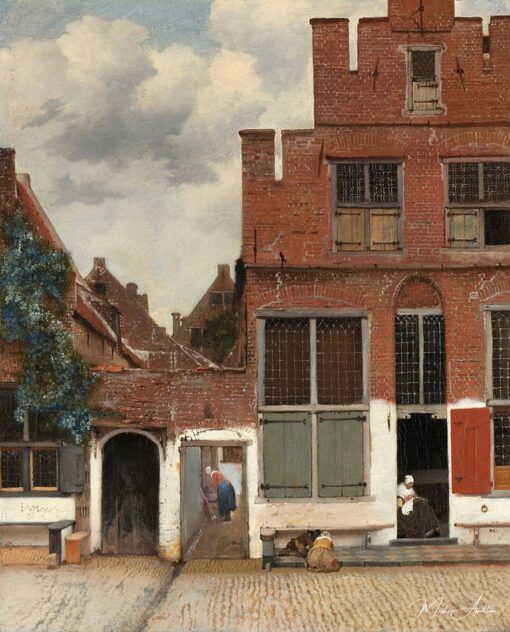
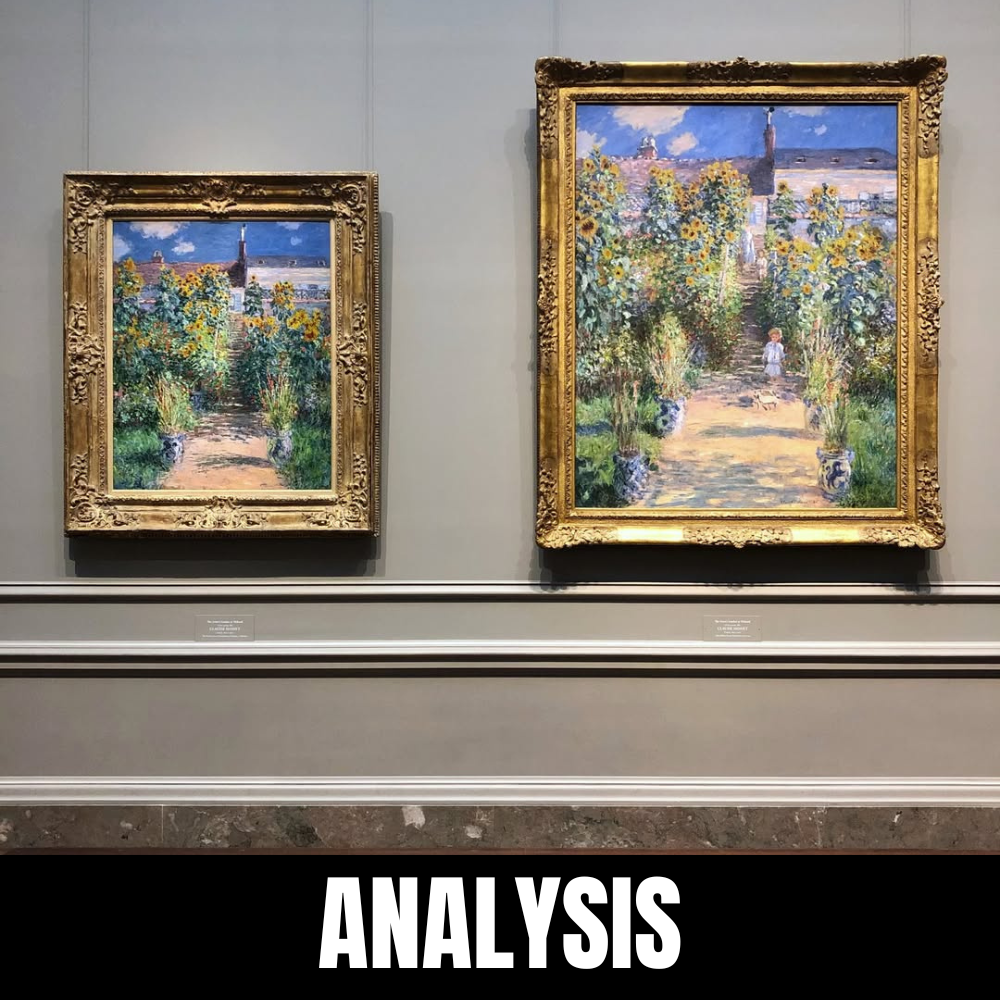
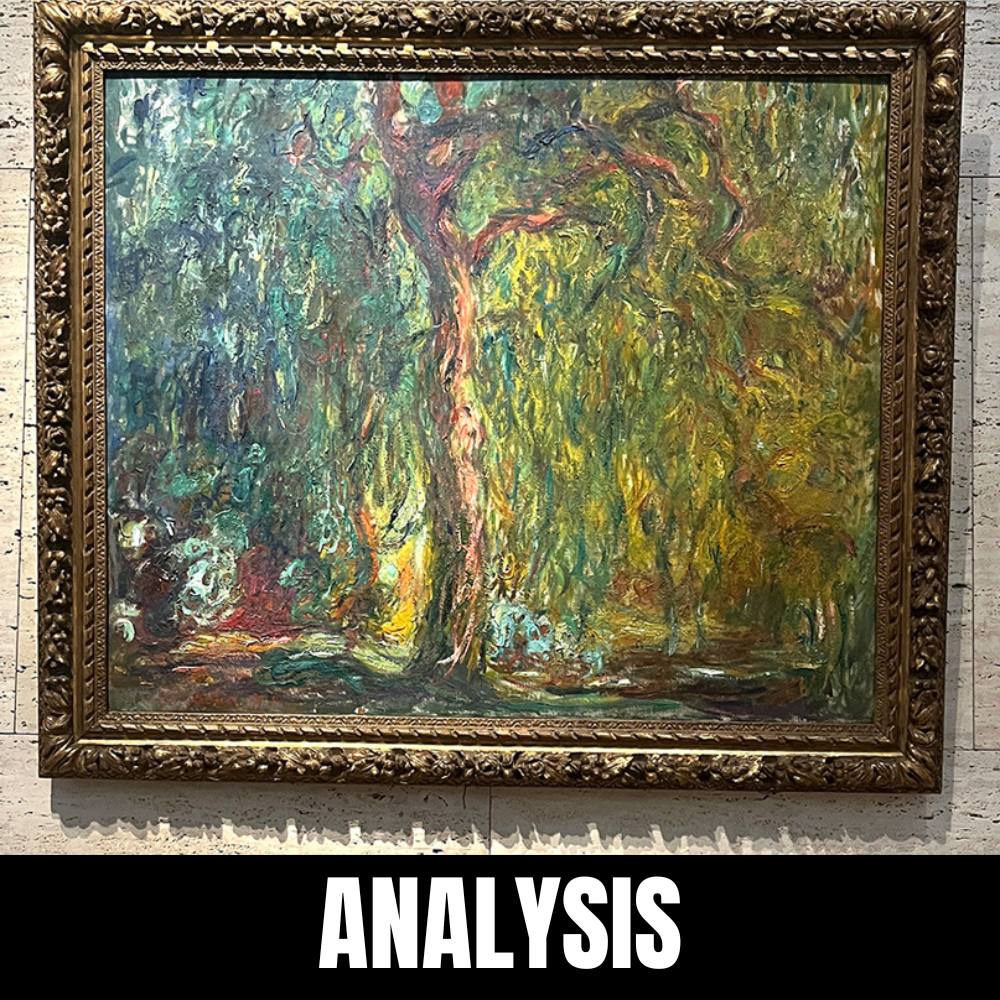
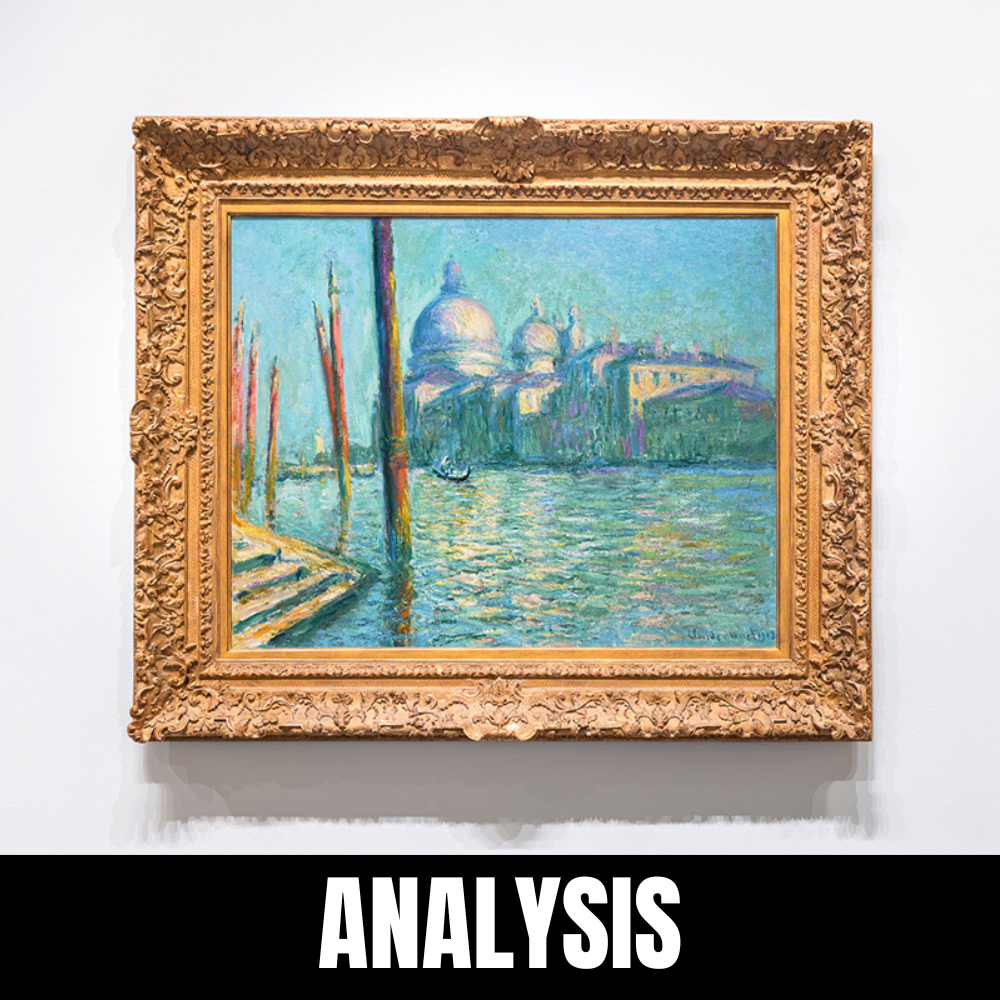
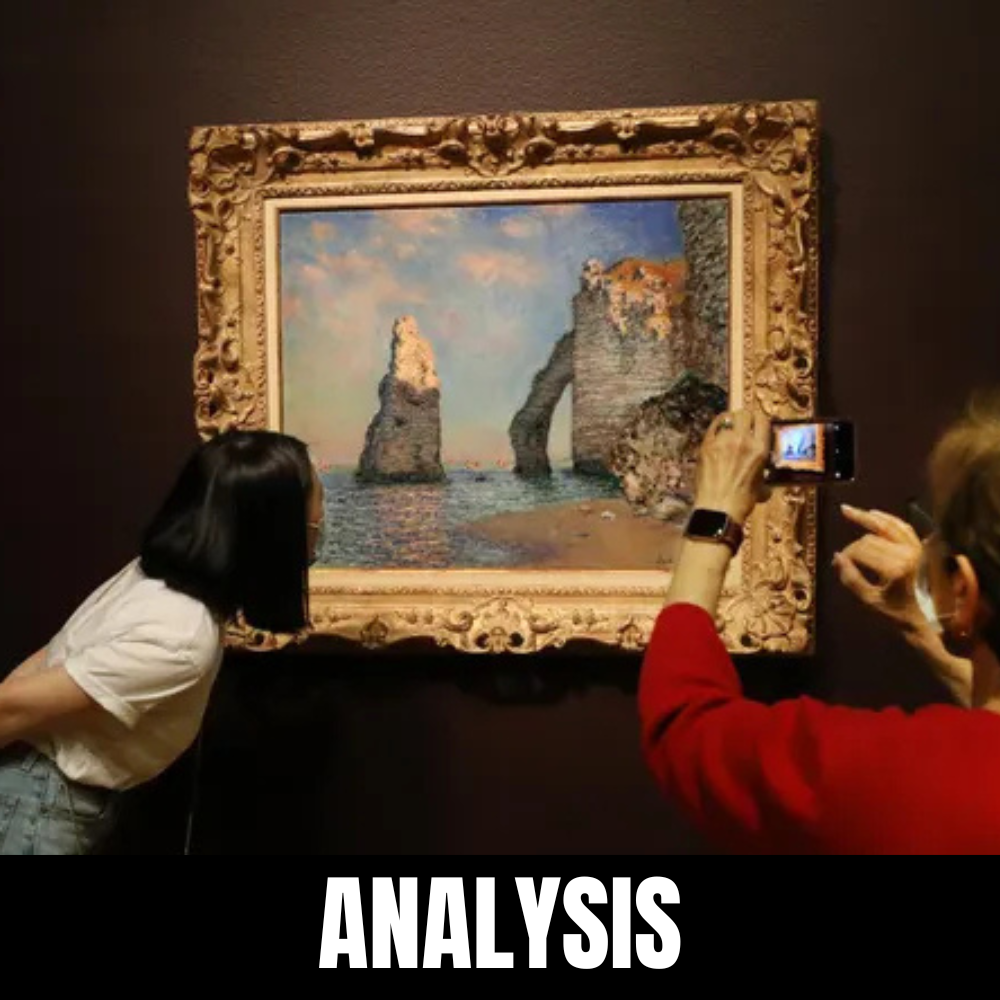
Leave a Reply